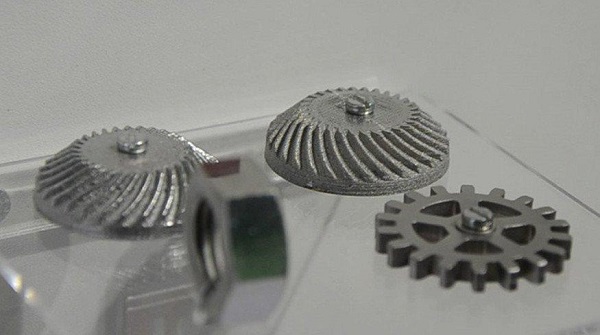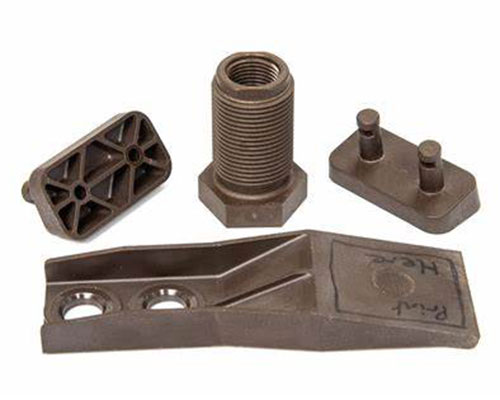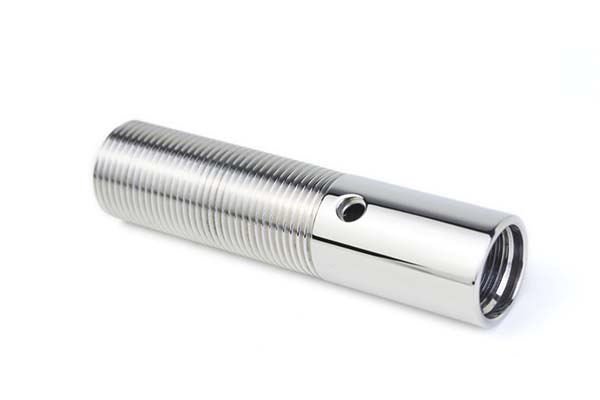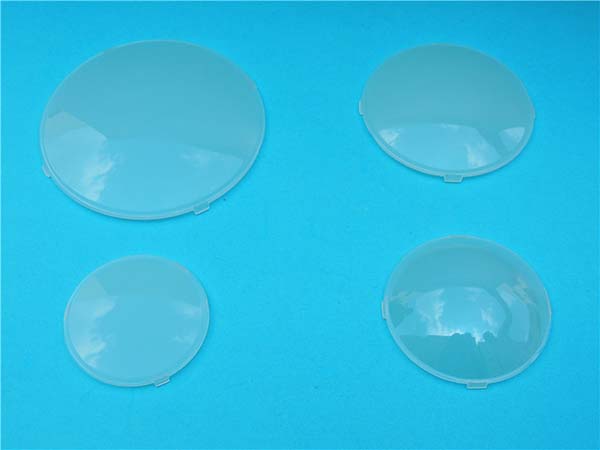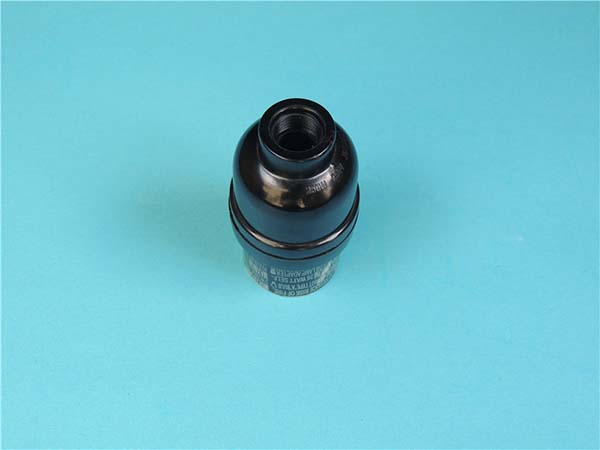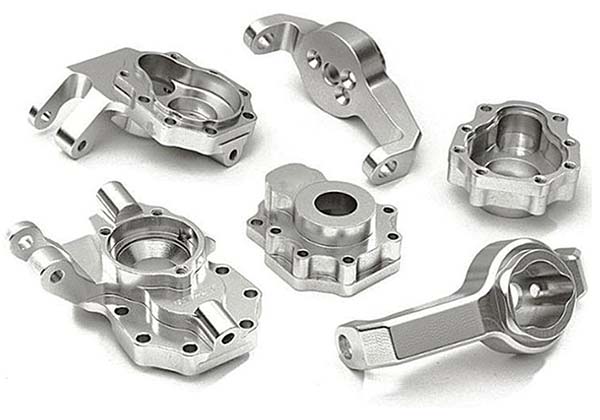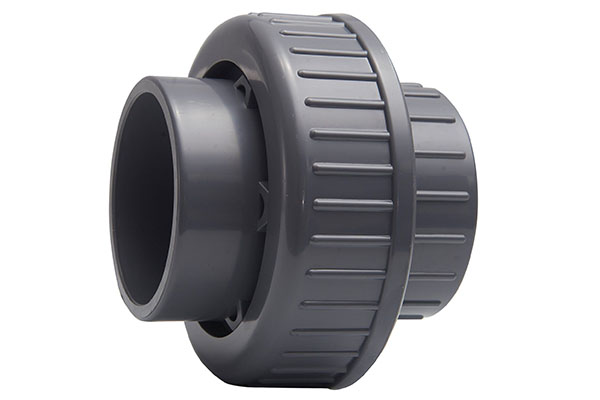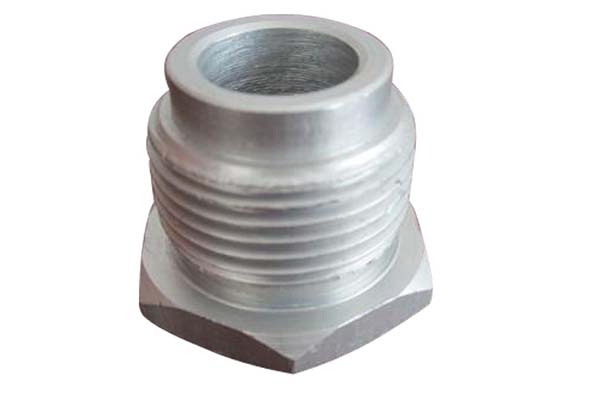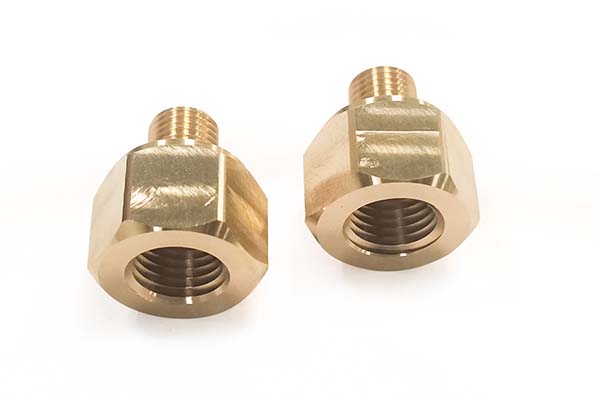yigu: When it comes to CNC machined parts, many users face a series of challenges. Choosing the right CNC machining technology for a specific project can be confusing, especially with the wide range of options available. Selecting appropriate materials that balance performance and cost is another common pain point. Ensuring consistent quality control throughout the production process is also a major concern, as even small deviations can lead to part failure. In this comprehensive guide, we will address these issues and provide detailed insights into all aspects of CNC machined parts.
CNC Machining Technology: The Backbone of Precision Manufacturing
Understanding Computer Numerical Control
At the core of CNC machining is Computer Numerical Control (CNC), which uses computer programs to control machine tools. This technology has revolutionized manufacturing by enabling highly accurate and repeatable production. Unlike manual machining, where operators guide the tools, CNC systems follow pre - programmed instructions, reducing human error. For example, a CNC program can control the movement of a cutting tool to within 0.001 mm, ensuring precise cuts every time.
Key Machining Processes
Turning and milling are two fundamental CNC machining processes. Turning involves rotating the workpiece while a cutting tool shapes it, ideal for creating cylindrical parts like shafts and bolts. Milling, on the other hand, uses a rotating cutting tool to remove material from a stationary workpiece, suitable for producing flat surfaces, slots, and complex 3D shapes.
Multi - axis machining takes precision to the next level. Machines with 4 or 5 axes can rotate the workpiece or the tool along multiple axes, allowing for the production of highly complex parts. For instance, 5 - axis CNC machines are commonly used in the aerospace industry to create turbine blades with intricate geometries.
High - speed machining is another advanced technique. It uses high spindle speeds (often above 10,000 RPM) and fast feed rates to remove material quickly, reducing production time. This method is particularly useful for machining aluminum alloys, where it can achieve surface finishes as smooth as Ra 0.8 μm.
Toolpath Generation and CAD/CAM Integration
Toolpath generation is a critical step in CNC machining. It involves creating a path that the cutting tool will follow to shape the workpiece. This is typically done using CAD/CAM integration software. CAD (Computer - Aided Design) software is used to create 3D models of the part, and CAM (Computer - Aided Manufacturing) software converts these models into machine - readable toolpaths.
Popular CAD/CAM software like AutoCAD and Mastercam offer features that optimize toolpaths for efficiency and precision. For example, they can automatically avoid collisions between the tool and the workpiece, reducing the risk of damage. Studies have shown that using advanced CAD/CAM integration can reduce programming time by up to 50% compared to manual programming.
Automation in Machining
Automation in machining has significantly increased productivity. Machining centers with automatic tool changers can switch between different tools without human intervention, allowing for uninterrupted production. Robotic arms are also being used to load and unload workpieces, further reducing cycle times. In some high - volume production facilities, automated CNC systems can run 24/7, increasing output by 30% or more compared to manual operations.
Types of CNC Machined Parts: Meeting Diverse Industry Needs
Custom and Mechanical Components
Custom parts are designed to meet specific requirements of a project. They can range from simple brackets to complex assemblies. Mechanical components such as gears and bearings are essential in many machines. For example, a precision - machined gear with accurate tooth profiles ensures smooth power transmission in a car's transmission system.
Industry - Specific Parts
Automotive parts produced by CNC machining include engine components, suspension parts, and brake system parts. These parts must meet strict safety standards, with tolerances often as tight as ±0.02 mm.
In the aerospace industry, aerospace components like aircraft engine parts and structural elements require high strength and lightweight materials. CNC machining is crucial here, as it can handle materials like titanium alloys with precision.
Medical equipment parts such as surgical instruments and implant components demand exceptional precision and biocompatibility. CNC machining can achieve the required tolerances to ensure these parts function correctly in the human body.
Prototypes and Electronic Enclosures
Prototypes are often produced using CNC machining to test designs before mass production. This allows for quick modifications and reduces the risk of costly errors.
Electronics enclosures protect sensitive electronic components from external factors. CNC machining can create enclosures with precise openings for connectors and buttons, ensuring a perfect fit. For example, a custom electronics enclosure for a industrial control system can be machined to have a IP67 rating, making it dustproof and waterproof.
Materials for CNC Machined Parts: Balancing Performance and Cost
Metals
Aluminum alloys are widely used in CNC machining due to their low density, good machinability, and corrosion resistance. They are commonly found in automotive and aerospace parts.
Stainless steel offers excellent strength and corrosion resistance, making it suitable for parts in medical equipment and food processing machinery.
Titanium is valued in the aerospace and medical industries for its high strength - to - weight ratio and biocompatibility, though it is more expensive than aluminum and steel.
Plastics
Plastics like polycarbonate and acrylic are used in applications where transparency and impact resistance are needed. For example, polycarbonate is used to make safety glasses and electronic device covers.
Nylon is a popular choice for parts that require wear resistance, such as gears and bushings. It has good self - lubricating properties, reducing the need for additional lubrication.
Composite Materials
Carbon fiber composites are lightweight and strong, making them ideal for aerospace and high - performance automotive parts. CNC machining carbon fiber requires special tools due to its abrasive nature.
The table below compares some common materials used in CNC machining:
| Material | Strength | Machinability | Cost | Common Applications |
| Aluminum alloys | Medium | Excellent | Low | Automotive, aerospace |
| Stainless steel | High | Good | Medium | Medical, food processing |
| Titanium | Very high | Fair | High | Aerospace, medical implants |
| Polycarbonate | Medium | Good | Low | Electronics enclosures |
Applications of CNC Machined Parts: Across Various Industries
Automotive and Aerospace
In the automotive industry, CNC machined parts contribute to the performance and reliability of vehicles. From engine blocks to transmission parts, CNC machining ensures these components work together seamlessly.
The aerospace industry relies heavily on CNC machined parts for aircraft and spacecraft. The precision of CNC machining is essential for parts that operate under extreme conditions, such as high temperatures and pressures.
Medical and Electronics
Medical devices such as MRI machines and surgical robots use CNC machined parts for their precision and reliability. These parts must meet strict regulatory standards to ensure patient safety.
In the electronics industry, CNC machined parts are used in the production of circuit boards, connectors, and heat sinks. The small size and high precision required in these parts make CNC machining the ideal manufacturing method.
Robotics and Industrial Automation
Robotics depends on CNC machined parts for their moving components. Precise gears, shafts, and linkages ensure the robot moves accurately and smoothly.
In industrial automation, CNC machined parts are used in conveyor systems, assembly lines, and robotic arms, increasing productivity and reducing manual labor.
Quality Control of CNC Machined Parts: Ensuring Precision and Reliability
Dimensional Accuracy and Tolerance Levels
Dimensional accuracy is crucial for CNC machined parts. It refers to how closely the actual dimensions of a part match the designed dimensions. Tolerance levels specify the allowable deviation from the designed dimensions. For example, a part with a tolerance of ±0.01 mm must be within 0.01 mm of the designed size.
Coordinate Measuring Machines (CMMs) are used to inspect dimensional accuracy. These machines can measure parts with a precision of up to 0.0001 mm, ensuring that they meet the required specifications.
Surface Roughness and Inspection Methods
Surface roughness affects the performance of a part. A rough surface can cause friction and wear, while a smooth surface can reduce energy consumption. Common inspection methods for surface roughness include using a profilometer, which measures the surface texture.
Other inspection methods include visual inspection, ultrasonic testing, and X - ray inspection. These methods help detect defects such as cracks, porosity, and inclusions in the parts.
Quality Standards and Statistical Process Control
Adhering to quality standards such as ISO 9001 is essential for ensuring the quality of CNC machined parts. These standards provide a framework for quality management systems, from design to production.
Statistical Process Control (SPC) is used to monitor and control the manufacturing process. By collecting and analyzing data, SPC can identify trends and variations, allowing for adjustments to be made before defects occur. For example, if a process is producing parts with a mean dimension that is gradually increasing, SPC can alert operators to adjust the machine settings.
CNC Machining Equipment: The Tools of the Trade
CNC Lathes and Milling Machines
CNC lathes are used for turning operations, creating cylindrical parts. They can perform operations such as facing, turning, and threading with high precision.
CNC milling machines are versatile, capable of performing a wide range of operations including drilling, boring, and contouring. They can be used with various cutting tools to produce complex shapes.
Advanced Equipment
CNC laser cutters use a high - power laser to cut materials with high precision. They are often used for cutting sheet metal and plastics.
EDM machines (Electrical Discharge Machining) use electrical discharges to shape hard materials that are difficult to machine with traditional tools. They are commonly used in the production of dies and molds.
Yigu Technology, as a plastic metal parts custom manufacturing Supplier, recognizes the vital role of CNC machined parts in various industries. We emphasize selecting the right materials and technologies to meet specific part requirements. Our expertise in custom manufacturing allows us to provide tailored solutions, ensuring that each CNC machined part meets the highest standards of precision and quality. We also understand the importance of efficient production processes to deliver parts on time and within budget.
FAQ
- What is the typical tolerance achievable with CNC machining?
- CNC machining can achieve tolerances as tight as ±0.001 mm for some materials and processes. However, the actual tolerance depends on factors such as the material, the complexity of the part, and the type of CNC machine used. For most industrial applications, tolerances of ±0.01 mm to ±0.05 mm are common.
- How to choose the right material for CNC machined parts?
- Consider the application requirements such as strength, corrosion resistance, and temperature resistance. Also, factor in the cost and machinability of the material. For example, if the part is used in a corrosive environment, stainless steel or titanium may be good choices. If weight is a concern, aluminum alloys are a better option.
- What is the difference between CNC turning and CNC milling?
- CNC turning involves rotating the workpiece while a cutting tool shapes it, producing cylindrical parts. CNC milling uses a rotating cutting tool to remove material from a stationary workpiece, suitable for creating flat surfaces, slots, and complex 3D shapes. Turning is ideal for parts with rotational symmetry, while milling is better for more complex geometries.
